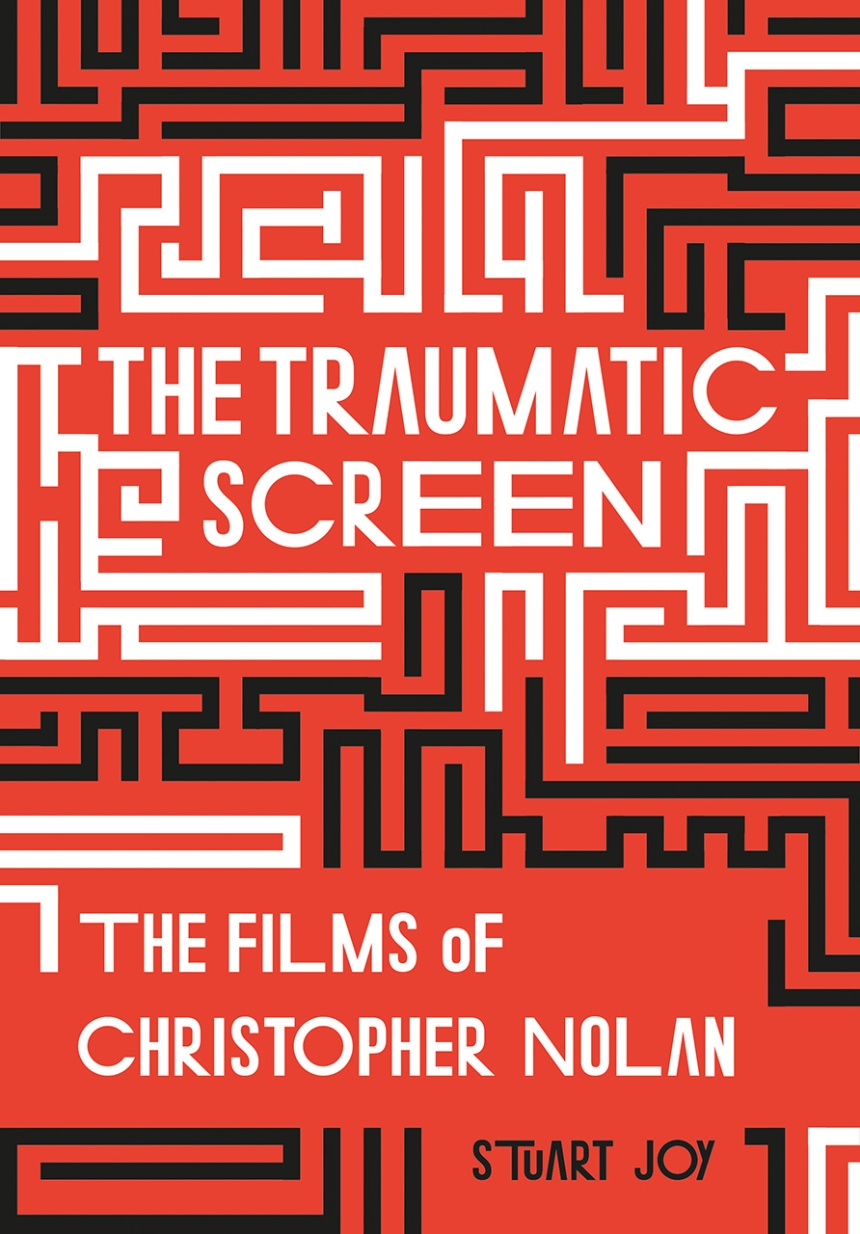Christopher Nolan occupies a rare realm within the Hollywood mainstream, creating complex, original films that achieve both critical acclaim and commercial success. In The Traumatic Screen, Stuart Joy builds on contemporary applications of psychoanalytic film theory to consider the function and presentation of trauma across Nolan’s work, arguing that the complexity, thematic consistency, and fragmentary nature of his films mimic the structural operation of trauma.
From 1997’s Doodlebug to 2017’s Dunkirk, Nolan’s films highlight cinema’s ability to probe the nature of human consciousness while commenting on the relationship between spectator and screen. Joy examines Nolan’s treatment of trauma—both individual and collective—through the formal construction, mise-en-scène, and repeated themes of his films. The argument presented is based on close textual analysis and a methodological framework that incorporates the works of Sigmund Freud and Jacques Lacan. The first in-depth, overtly psychoanalytic understanding of trauma in the context of the director’s filmography, this book builds on and challenges existing scholarship in a bold new interpretation of the Nolan canon.
From 1997’s Doodlebug to 2017’s Dunkirk, Nolan’s films highlight cinema’s ability to probe the nature of human consciousness while commenting on the relationship between spectator and screen. Joy examines Nolan’s treatment of trauma—both individual and collective—through the formal construction, mise-en-scène, and repeated themes of his films. The argument presented is based on close textual analysis and a methodological framework that incorporates the works of Sigmund Freud and Jacques Lacan. The first in-depth, overtly psychoanalytic understanding of trauma in the context of the director’s filmography, this book builds on and challenges existing scholarship in a bold new interpretation of the Nolan canon.
Reviews
Table of Contents
Introduction
1. The Traumatic Screen: Trauma, Psychoanalysis and Cinema
2.Revisiting the Scene of the Crime: Repressing the Past in Insomnia
3. Batman Begins, Again: The Temporality of Trauma in The Dark Knight trilogy
Chapter Four
4. Looking for the Secret: The Intersection between Trauma and Desire in The Prestige
5. The Dream has Become Their Reality: Acting-out and Working-through Trauma in Inception
6. Beyond the Void: Interstellar and the Possibilities of Post-Traumatic Growth
7. Keep Calm and Carry On: Combating Collective Trauma in Dunkirk
Conclusion – Ending at the Beginning with Doodlebug, Following and Memento
1. The Traumatic Screen: Trauma, Psychoanalysis and Cinema
2.Revisiting the Scene of the Crime: Repressing the Past in Insomnia
3. Batman Begins, Again: The Temporality of Trauma in The Dark Knight trilogy
Chapter Four
4. Looking for the Secret: The Intersection between Trauma and Desire in The Prestige
5. The Dream has Become Their Reality: Acting-out and Working-through Trauma in Inception
6. Beyond the Void: Interstellar and the Possibilities of Post-Traumatic Growth
7. Keep Calm and Carry On: Combating Collective Trauma in Dunkirk
Conclusion – Ending at the Beginning with Doodlebug, Following and Memento

